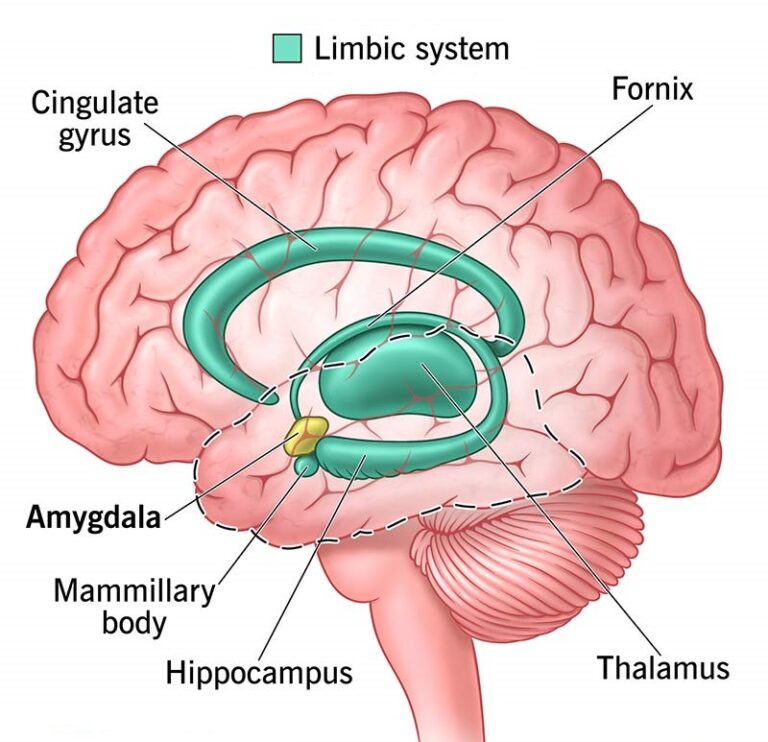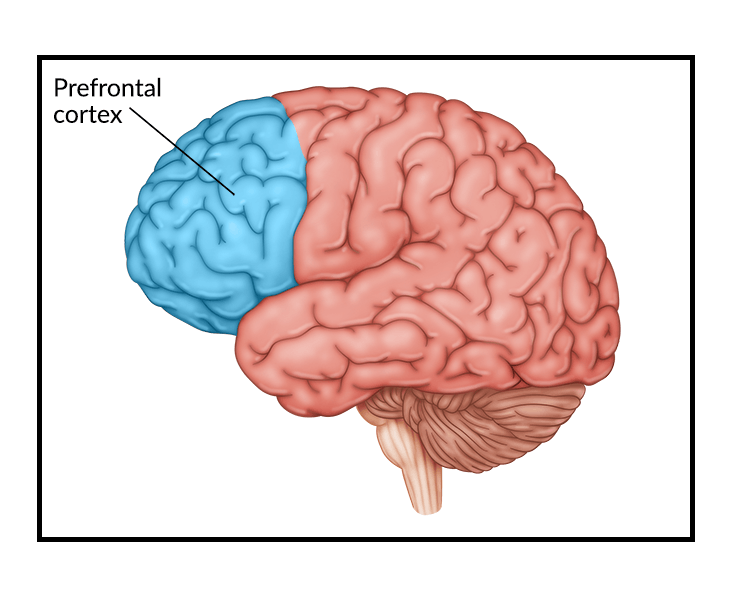
Attitude scales are essential tools in social science research, especially in psychology, marketing, and organizational behavior. They are used to measure individuals’ attitudes towards various objects, people, issues, or concepts. There are several types of attitude scales, with the Semantic Differential, Staples, and Likert Scale being some of the most commonly used.
1. Semantic Differential Scale
The Semantic Differential Scale was developed by Charles E. Osgood in the 1950s. It is based on the idea that people tend to evaluate objects or concepts along bipolar adjective scales (e.g., good-bad, strong-weak, happy-sad). Respondents are asked to rate the attitude object (the target of their opinion) on these bipolar dimensions.
Key Features:
- Bipolar Adjectives: It uses pairs of adjectives that represent opposite extremes of a continuum (e.g., light-dark, strong-weak).
Strengths:
- Flexibility: The scale can be applied to a variety of attitude objects, making it versatile.
- Detailed Evaluation: Allows for more nuanced understanding as it captures a range of emotional and cognitive responses.
- Visual Clarity: Since it’s based on adjectives that are easily understood, it’s straightforward for respondents to use.
Weaknesses:
- Interpretation Ambiguity: The choice of adjectives can be subjective, and respondents might interpret them differently based on context or personal experiences.
- Limited Depth: The scale tends to measure overall affective responses rather than cognitive aspects of attitudes, which could lead to oversimplified conclusions.
Practical Example:
Consider a research study on employees’ attitudes toward their work environment. A Semantic Differential scale might use pairs like:
- Comfortable – Uncomfortable
- Productive – Unproductive
- Stressful – Relaxing
The respondent would rate how they feel about their work environment on each of these dimensions. This helps capture a broad spectrum of emotions that employees might have regarding their workspace.
Research Findings:
Osgood’s Semantic Differential Scale has been widely used in various studies on attitudes, including consumer behavior and political preferences. For instance, a study on consumer perceptions of brand attributes might ask respondents to rate a product on a scale ranging from “high quality” to “low quality.”
2. Staples Scale
The Staples Scale, developed by Robert Staples in the 1960s, is a single-item attitude scale. Respondents are asked to express their attitudes towards an object using a simple unipolar rating scale (e.g., from “Very Good” to “Very Bad”).
Key Features:
- Unipolar Scale: Unlike the Semantic Differential, which uses bipolar scales, the Staples scale typically uses a single axis that runs from one extreme to another.
- Simple Design: It only uses one item, making it quick and easy to administer.
- Likert-type format: Often consists of 7 to 10 response categories ranging from “Strongly Agree” to “Strongly Disagree.”
Strengths:
- Ease of Use: The scale is simple for respondents and researchers alike. It’s quick to administer and easy to analyze.
- Reduced Complexity: Since it measures a single dimension, it avoids the complexity found in multi-dimensional scales like the Semantic Differential.
Weaknesses:
- Lack of Depth: It doesn’t allow for the nuanced exploration of attitudes since it’s unipolar.
- Limited Scope: It’s not as effective in measuring complex, multidimensional attitudes, such as those involving both cognitive and emotional components.
Practical Example:
Imagine a study evaluating employee satisfaction with a new HR policy. A Staples Scale could be used, with respondents asked to rate the policy on a scale from “Very Good” to “Very Bad.”
Research Findings:
Research has shown that the Staples Scale is often less reliable than multi-item scales like the Likert Scale, especially when measuring complex or multidimensional attitudes. However, it is effective in contexts where a quick, broad measure is necessary.
3. Likert Scale
The Likert Scale, developed by Rensis Likert in 1932, is perhaps the most commonly used attitude scale. It typically involves multiple items that assess various aspects of the attitude object. Respondents indicate their level of agreement with each statement on a scale (e.g., from “Strongly Agree” to “Strongly Disagree”).
Key Features:
- Multiple Items: The Likert scale typically includes a series of statements that measure different facets of an attitude, which is then averaged to form a total score.
- Symmetric Scale: Respondents are usually asked to choose from a 5-point, 7-point, or 9-point scale.
- Unipolar Attitude Measurement: The scale typically uses a unipolar continuum (e.g., from “Strongly Agree” to “Strongly Disagree”).
Strengths:
- Reliability: Because it uses multiple items, the Likert scale tends to produce more reliable results than single-item scales.
- Flexibility and Versatility: It can be applied to measure a wide range of attitudes, including political beliefs, satisfaction, and consumer attitudes.
- Quantifiable: It provides a straightforward way to quantify attitudes, making it useful for statistical analysis.
Weaknesses:
- Central Tendency Bias: Respondents may avoid extreme answers, leading to skewed data.
- Response Bias: Some respondents may consistently agree with statements regardless of content, affecting the validity of the results.
- Limited Detail: Although it allows for the measurement of attitudes across different facets, it may not capture all the nuances of a respondent’s feelings.
Practical Example:
Consider a study assessing employee engagement. A Likert scale might include items like:
- “I feel motivated to perform my job well.”
- “My work environment is supportive.”
- “I receive adequate feedback on my performance.”
Respondents would choose from a 5-point scale ranging from “Strongly Agree” to “Strongly Disagree.”
Research Findings:
The Likert scale is widely used in social sciences, education, and organizational research. Studies often show that multi-item scales (like the Likert) have higher validity and reliability than single-item scales (like the Staples or Semantic Differential). For instance, a meta-analysis of employee satisfaction surveys indicates that Likert-type scales are the most reliable measures of workplace engagement and motivation.
Comparison of the Three Scales
| Feature | Semantic Differential | Staples Scale | Likert Scale |
|---|---|---|---|
| Type of Scale | Bipolar | Unipolar | Unipolar |
| Number of Items | Multiple items (usually 3-7) | Single item | Multiple items (usually 5-20) |
| Dimensions Measured | Multiple dimensions (e.g., good-bad, strong-weak) | Single dimension | Multiple dimensions (e.g., agreement, satisfaction) |
| Complexity | Medium (requires interpretation of bipolar adjectives) | Low (simple unipolar scale) | High (more detailed and complex responses) |
| Reliability | Medium (depending on the adjectives chosen) | Low to Medium | High (especially with multiple items) |
| Practical Application | Consumer behavior, political preferences, attitudes toward products | Employee satisfaction, quick opinion polling | Employee engagement, political opinions, consumer behavior |
Conclusion
In conclusion, each of these attitude scales—Semantic Differential, Staples, and Likert Scale—offers unique advantages and limitations. The Semantic Differential scale provides a more nuanced, multidimensional understanding of attitudes but may suffer from subjective interpretation of adjectives. The Staples scale is easy to administer but lacks the depth of the other two scales. The Likert Scale stands out for its reliability and flexibility, making it the most commonly used scale in both academic and applied research. Researchers should choose the appropriate scale based on the complexity of the attitude being measured, the need for depth, and the resources available for data collection.
References:
- Osgood, C. E., Suci, G. J., & Tannenbaum, P. H. (1957). The Measurement of Meaning. University of Illinois Press.
- Likert, R. (1932). A Technique for the Measurement of Attitudes. Archives of Psychology, 140.
- Staples, R. (1967). Measuring Attitudes Towards the Black Community. Sociometry, 30(3), 332-347.







